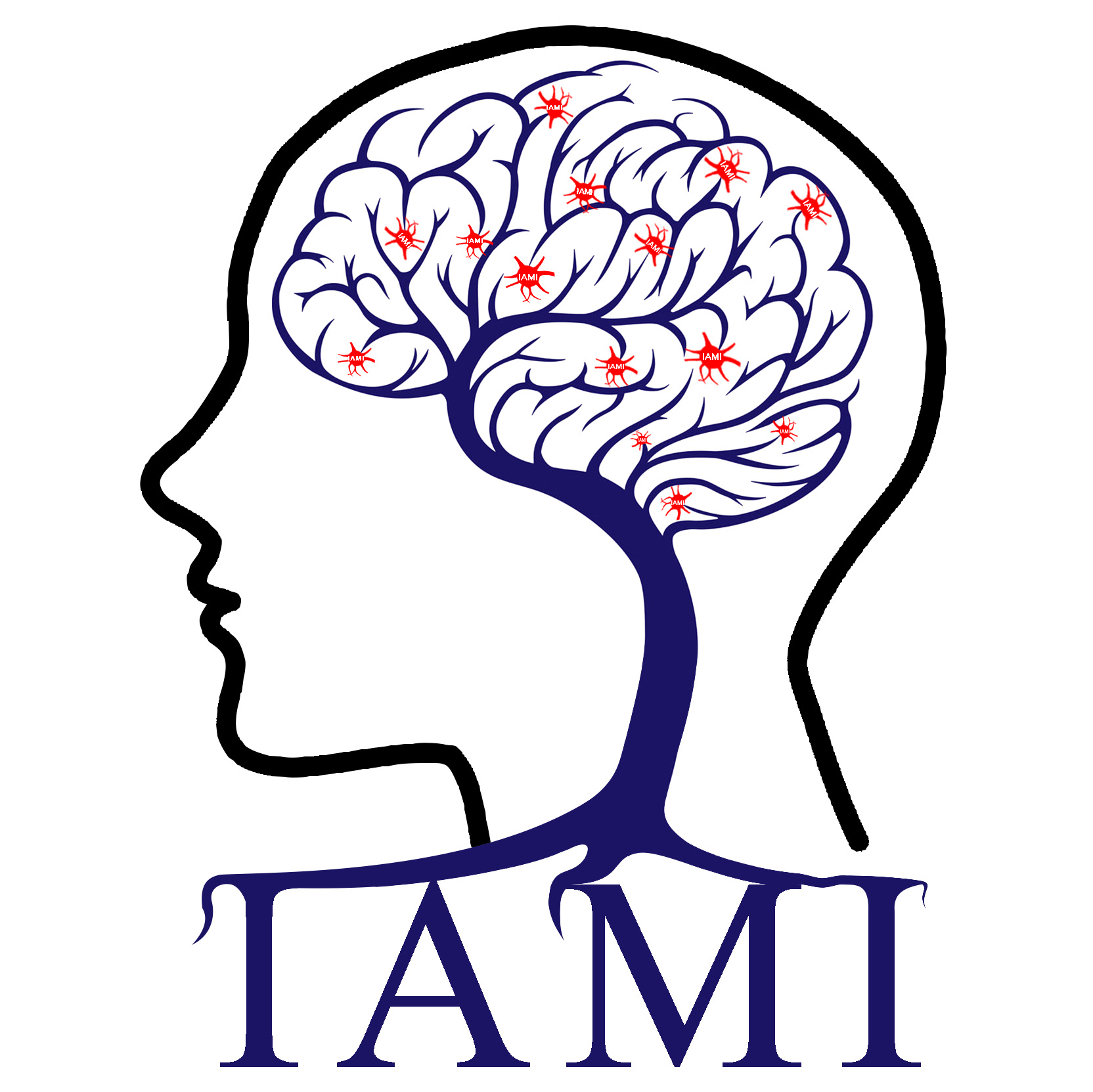
Yuhui Du Personal Website-Intelligent Analysis of Medical Image
Address:Taiyuan, China
Zening Fu*, Yiheng Tu, Xin Di, Yuhui Du, Jing Sui, Bharat B Biswal, Zhiguo Zhang, Nina de Lacy, Vincent D Calhoun. Transient increased thalamic-sensory connectivity and decreased whole-brain dynamism in autism. Neuroimage, 2019, 190: 191-204.
时间:2019-06-13 17:00:15 来源: 点击:[1131]
Abstract
Autism spectrum disorder (ASD) is a neurodevelopmental disorder associated with social communication deficits and restricted/repetitive behaviors and is characterized by large-scale atypical subcortical-cortical connectivity, including impaired resting-state functional connectivitybetween thalamic and sensory regions. Previous studies have typically focused on the abnormal static connectivity in ASD and overlooked potential valuable dynamic patterns in brain connectivity. However, resting-state brain connectivity is indeed highly dynamic, and abnormalities in dynamic brain connectivity have been widely identified in psychiatric disorders. In this study, we investigated the dynamic functional network connectivity (dFNC) between 51 intrinsic connectivity networks in 170 individuals with ASD and 195 age-matched typically developing (TD) controls using independent component analysis and a sliding window approach. A hard clustering state analysis and a fuzzy meta-state analysis were conducted respectively, for the exploration of local and global aberrant dynamic connectivity patterns in ASD. We examined the group difference in dFNC between thalamic and sensory networks in each functional state and group differences in four high-dimensional dynamic measures. The results showed that compared with TD controls, individuals with ASD show an increase in transient connectivity between hypothalamus/subthalamus and some sensory networks (right postcentral gyrus, bi paracentral lobule, and lingual gyrus) in certain functional states, and diminished global meta-state dynamics of the whole-brain functional network. In addition, these atypical dynamic patterns are significantly associated with autistic symptoms indexed by the Autism Diagnostic Observation Schedule. These converging results support and extend previous observations regarding hyperconnectivity between thalamic and sensory regions and stable whole-brain functional configuration in ASD. Dynamic brain connectivity may serve as a potential biomarker of ASD and further investigation of these dynamic patterns might help to advance our understanding of behavioral differences in this complex neurodevelopmental disorder.

 Current location:
Current location: